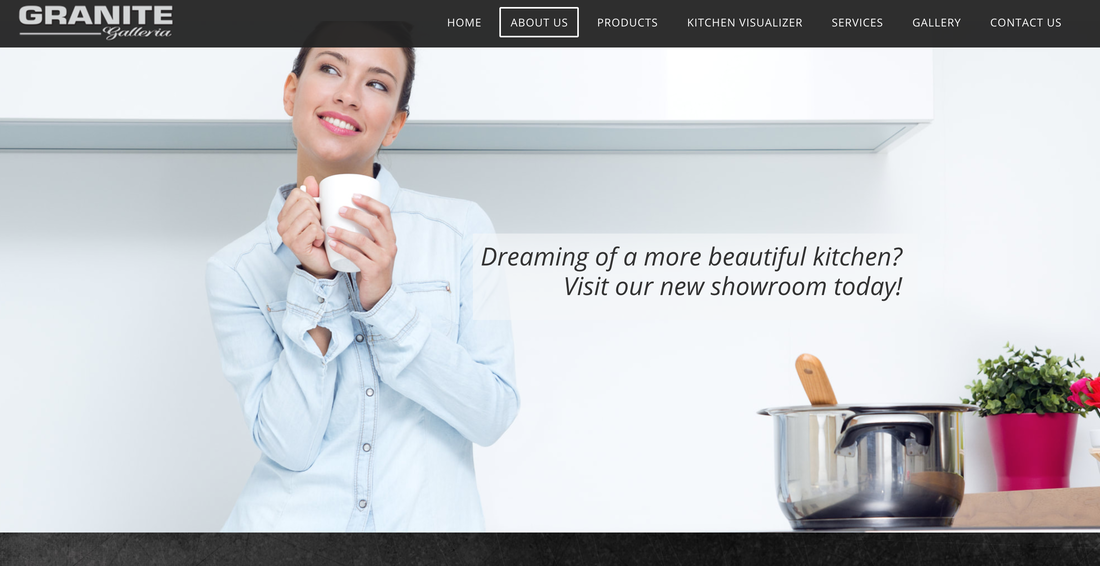 Walls Made New is a professional residential interior painting company serving the Kentuckiana area. FarmHaus created a brand identity kit consisting of a new logo, facebook cover, business card, letterhead, envelope, and designed/launched a new website [www.wallsmadenew.com]. Granite Galleria-Kentucky is a professional, family-owned and operated company located in Lexington, Kentucky. For more than a decade, GGKY have provided innovative design and natural stone solutions to homeowners and commercial customers in markets across the United States.
In conjunction with the opening of a new showroom that provides stone fabrication services consisting of granite slabs, backsplashes, and design options for kitchen and bathroom countertops, GGKY contracted with FarmHaus to develop a new website and provide social and paid media consultation. 4/15/2020 new logo, landing page, and social media strategy for New Louisville-based pressure washing company.Highland Pressure Washing delivers unmatched quality service and workmanship for commercial, residential, and industrial pressure washing projects in Louisville and surrounding areas using state-of-the-art equipment to deliver the highest of standards and ensure your house, patio, walkway, or business is appropriately and professionally washed.
FarmHaus was contacted by the team at HPW with an urgent need for a new logo, landing page to capture new project opportunities, and assistance with developing a social media strategy.
|







 RSS Feed
RSS Feed
7/28/2020
0 Comments